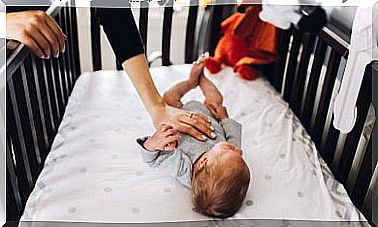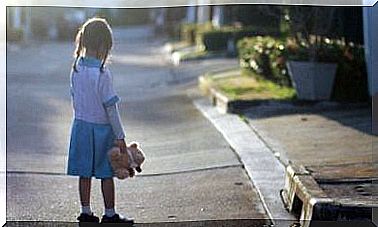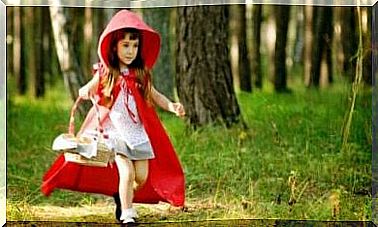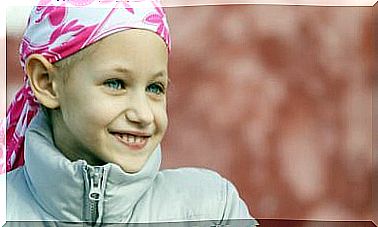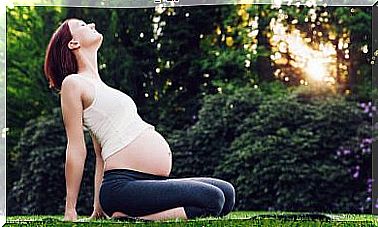Everything You Need To Know About Baby’s First Teeth
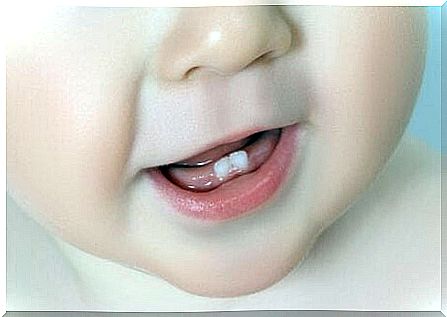
We’ll explain the main symptoms your baby will have when they get their first teeth and what you can do to relieve their pain.
In general, teeth begin to grow from the age of four months . In some cases, they will not show up until you are one year old. Don’t worry if your baby is late getting his teeth. It is different for every infant.
In what order do the baby’s first teeth appear?
In most babies, the order of the milk teeth adapts to the development of their diet. The first teeth they get are the incisors, which are very useful for chewing vegetables and softer foods. Later the molars and canines, which are needed for chewing meat, appear.
As we mentioned earlier, the process of growing the first teeth is very different but usually ends between 20 and 30 months, although there can be some exceptions. It should be noted that there may even be cases of children born with a tooth, but this is quite atypical.
When babies start having baby teeth, they may drool more and want to bite objects. Some experience this process without pain, while others may be irritable, crying, and even sleep or eat poorly.
“Yes, there is also tooth decay in milk teeth; Infant caries is very common, even in babies “
Symptoms of Teething
The symptoms of teething are usually not very painful, and some barely notice them. In contrast, other babies can have a fever and even diarrhea. Here we present the symptoms in detail:
- Baby’s first teeth can be hidden under the gums for weeks or they can pierce the gums suddenly and without warning.
- As the tooth grows out, the gums change their appearance, swell, feel hard to the touch, and look whitish. It can be painful for the little ones.
- The baby’s teething is usually accompanied by mild symptoms such as fever and cold, and even diarrhea can occur.
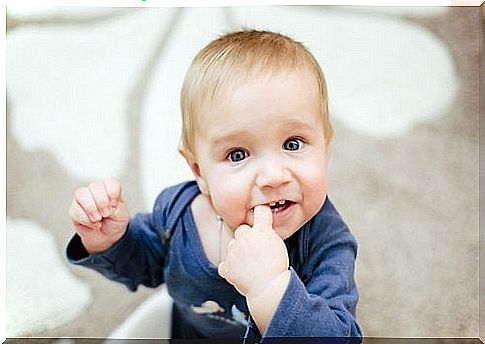
How to relieve the pain of teething
Regardless of the age at which babies first grow teeth, there are a number of important steps that must be taken to relieve the pain of teething. Here are some recommendations for you:
- Wrap a sterile gauze around your finger and gently massage the gums. This is a very effective way to relieve teething pain.
- Another way to relieve the baby’s teething pain is to wrap a piece of ice in sterile gauze and rub it over the gums.
- A special teether can also be very useful. It can relieve the pain and, thanks to its attractive shape and color, distract the baby from the discomfort.
- There are also special ointments for pain relief that have an anesthetic effect and are of natural origin.
How are babies’ first teeth brushed?
Before the first teeth come out, we can gently clean the baby’s gums from time to time with a damp cloth so that he gets used to the handling. As soon as the first teeth grow, we can continue to clean them with a damp cloth, but if they are already eating solid food, a special small baby brush with very soft bristles can be used.
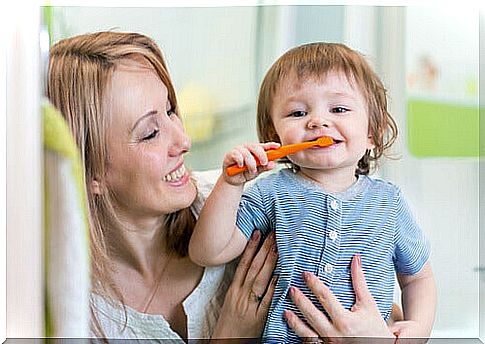
This is very important for babies from 18 months, because this is when the first molars usually appear, in which food particles can collect. It is advisable to brush your teeth two to three times a day, mainly before going to bed.
The European Academy of Children’s Dentistry recommends brushing twice a day with an age-appropriate toothpaste. The adult cream should not be used due to the risk of fluorosis. Toothpaste for children under two years of age must have a concentration of 500 ppm.
It is important to reiterate that every baby has their own rhythm and different moments for teething. If in doubt, however, you can contact your pediatrician or a dentist directly.
